.....Read More
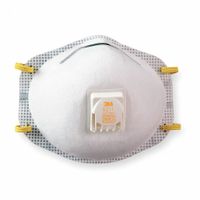
Disposable Respirators & Masks
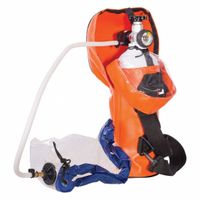
Emergency Escape Respirators
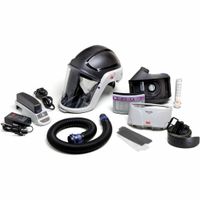
PAPR (Powered Air-Purifying Respirator) Systems & Components
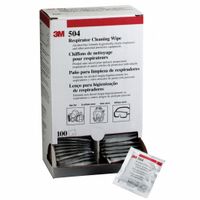
Respirator Cleaning Kits & Wipes
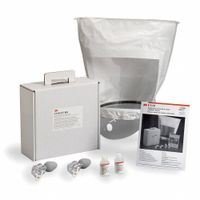
Respirator Fit Testing

Respiratory Equipment Storage

Reusable Respirators, Replacement Filters & Cartridges

SAR (Supplied-Air Respirator) Systems & Components
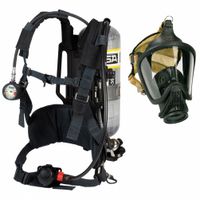
SCBA (Self-Contained Breathing Apparatus) Systems & Components
Frequently Asked Questions
What is the difference between a respirator and a gas mask?
How often should respirators be fit-tested?
What is the purpose of a PAPR?
How do you know if a respirator fits properly?
What are the different types of respiratory protection equipment?
How long can you use a disposable respirator?
What is an SCBA and when is it used?
How do airline filtration systems work?
What are the maintenance requirements for respiratory protection equipment?
How do you choose the right filter cartridge for a respirator?